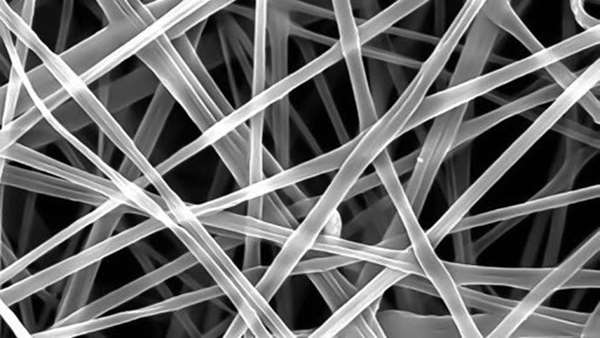Electrospun silk nanofibers improve differentiation potential of human induced pluripotent stem cells to insulin producing cells
With regard to lifestyle and diet, one of the problems that threaten mankind is diabetes. Given the lack of responsiveness to available drug therapies, the advances made in recent decades in tissue engineering and cell therapy have created a great deal of hope for the treatment of this disease.
With regard to lifestyle and diet, one of the problems that threaten mankind is diabetes. Given the lack of responsiveness to available drug therapies, the advances made in recent decades in tissue engineering and cell therapy have created a great deal of hope for the treatment of this disease. In this study, silk nanofibrous scaffold (3D) was fabricated by electrospinning and then its biocompatibility and non-toxicity by MTT assay. After that, scaffold supportive effects on human induced pluripotent stem cells (hiPSCs) differentiation to insulin producing cells (IPCs) was studied at the gene and protein levels. IPCs related genes and proteins were up regulated in electrospun silk group significantly greater than tissue culture plates group (2D). In addition, another part of the results demonstrated that differentiated cells on 2D and 3D groups have great functional properties including C-peptide and insulin secreting. It can be concluded that silk nanofibers has a great potential for use in pancreatic tissue engineering applications by support viability, growth and IPCs differentiation of iPSCs.
Reference:https://www.ncbi.nlm.nih.gov/pubmed/31923990




ارسال به دوستان